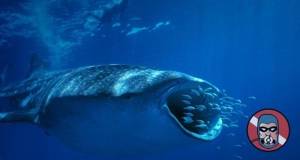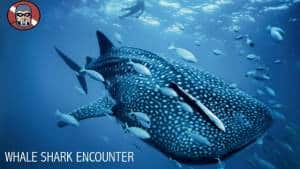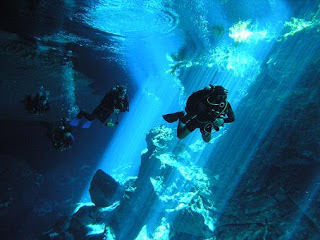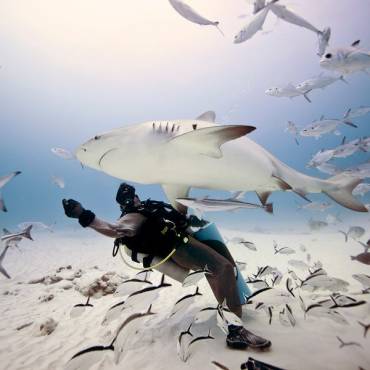Finally! We are very happy to announce that on June 1st, Whale Shark season is finally opening the doors, in the warm waters of the Mexican Caribbean.
Mexico is considered the best destination worldwide to snorkel with these peaceful giants.
Swimming with Whale Shark is often at the top of every diver`s bucket list and here’s why. Whale Sharks (Rhincodon Typus) are really amazing creatures. They are the biggest Sharks and the biggest fish in the ocean. The largest Whale shark ever spotted had a length of 12.85 meters and weighted up to 21 t. They love swimming in the tropical warm waters, that`s why it is easy to spot them in our warm waters. It is very uncommon to find them below 21 °C.
Whale Sharks have very large mouths and are filter feeders, which is a feeding mode that occurs in only other two Sharks, the magamouth Shark and the baskin shark. They feed almost exclusively on plankton and are really friendly giants.
The species was distinguished in April 1828 after the harpooning of a 4.6 m (15 ft) specimenin Table Bay, South Africa. Andrew Smith, a military doctor associated with British troops stationed in Cape Town, described it the following year.
The name “whale shark” refers to the fish’s size, being as large as some species of whales, and also to its being a filter feeder like baleen whales.
The whale shark inhabits all tropical and warm-temperate seas. The fish is primarily pelagic, living in the open sea but not in the greater depths of the ocean, although it is known to occasionally dive to depths of as much as 1,800 metres (5,900 ft). Seasonal feeding aggregations occur at several coastal sites such as here in Mexico in the waters of Isla Mujeres and Isla Holbox in Yucatan.
There is currently no robust estimate of the global whale shark population. The species is considered endangered by the IUCN, the Intenational Union for Conseravtion of Nature
due to the impacts of fisheries, bycatch losses, and vessel strikes, combined with its long life span and late maturation.
Despite its size, the whale shark does not pose significant danger to humans. Whale sharks are docile fish and sometimes they even allow swimmers to catch a ride. However we do NOT allow to get to touch them as it can disturb the Sharks and their feeding movements.
–>
Don`t miss this unique and amazing opportunity, come and swim with these gentle giants of the sea. Book now for your Whale Shark Encounter with Phantom Divers!
The post HERE WE GO, WHALE SHARK SEASON IN THE MEXICAN CARIBBEAN! appeared first on Phantom Divers.







